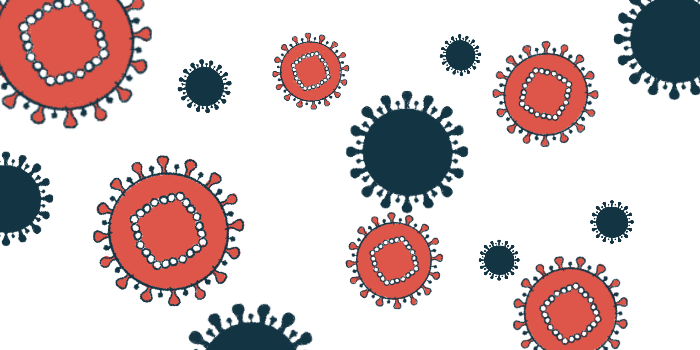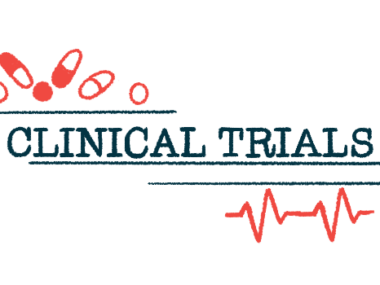Study details antiviral mechanisms of Atea treatment for hepatitis C
Trial now testing safety, efficacy of bemnifosbuvir in combination therapy
Written by |

Researchers have detailed exactly how bemnifosbuvir — part of Atea Pharmaceuticals’ antiviral treatment combination for chronic hepatitis C infections — turns into the activated form that’s needed for it to exert its antiviral activities.
Lab experiments showed that the conversion requires a series of enzyme-mediated chemical events. Once in its active form, the medication is able to inhibit enzymes that the hepatitis C virus (HCV) needs to replicate its genetic material.
A Phase 2 clinical trial (NCT05904470) is now testing the safety and efficacy of bemnifosbuvir in combination with another antiviral called ruzasvir in people with HCV infections.
“We continue to deepen our scientific knowledge of bemnifosbuvir,” Jean-Pierre Sommadossi, PhD, CEO and founder of Atea, said in a company press release. “Insights describing key drug-protein interactions in this publication add to the growing body of evidence supporting bemnifosbuvir’s potential as an effective antiviral therapy for the treatment of … HCV.”
The study, “The activation cascade of the broad-spectrum antiviral bemnifosbuvir characterized at atomic resolution,” was published in PLOS Biology.
Bemnifosbuvir paired with ruzasvir as antiviral treatment candidate for HCV
Hepatitis C is a common form of hepatitis — a term for inflammation of the liver — that’s caused by HCV infections. When these infections are chronic and don’t clear on their own from the body, they can eventually lead to serious and irreversible liver damage and/or liver cancer.
It’s recommended that HCV infections be treated with direct-acting antivirals (DAAs), a class of antiviral medications that interfere with the virus’ ability to multiply and infect more cells in the body.
Bemnifosbuvir and ruzasvir act like DAAs, but they’re expected to be able to clear HCV from the body faster than other medications of the same class — which would allow for a shorter treatment course. Atea also is studying bemnifosbuvir on its own as a possible treatment for COVID-19 infections.
In the study now being detailed, scientists explored in depth how bemnifosbuvir is activated in the body and the way it exerts its antiviral activities. Ultimately, the researchers demonstrated that bemnifosbuvir is converted to its active form, AT-9010, through a series of enzyme-mediated chemical reactions. Then, AT-9010 selectively inhibits important enzymes needed by viruses to synthesize their genetic material, making them unable to replicate themselves.
This scientific work contributes further to the scientific understanding of bemnifosbuvir and its selective mechanism of action as a direct-acting antiviral.
“With these new data, we now have a better understanding of how bemnifosbuvir confers its antiviral activity, as this study identifies the individual enzymes involved in the activation pathway of bemnifosbuvir,” said Bruno Canard, PhD, a researcher in France at Architecture et Fonction des Macromolécules Biologiques, The National Center for Scientific Research, and Aix-Marseille University.
“This scientific work contributes further to the scientific understanding of bemnifosbuvir and its selective mechanism of action as a direct-acting antiviral,” added Canard, who served as the study’s senior author.
The ongoing Phase 2 trial of bemnifosbuvir and ruzasvir enrolled 275 people with chronic HCV infection who had not previously used an antiviral therapy. All participants are being given a once-daily combination of bemnifosubvir (550 mg) and ruzasvir (180 mg), for about two months.
The study’s main efficacy goal is to evaluate how many patients achieve a virologic response — an HCV load in the blood below the lower limit of detection — that’s sustained for 12 weeks, or approximately three months, after treatment completion. This measure is known as SVR12.
Interim results from the first 60 patients showed that the viral load was rapidly reduced once treatment was started, with all 60 people having levels below the detectable limit by the end of the two-month treatment period.
Top-line results from that group later showed that 97% of patients achieved SVR12, with responses sustained three months after treatment had ended. The combination antiviral treatment also was well tolerated.
Results from the more than 200 remaining trial participants are expected later this year, and plans for a Phase 3 trial are underway.







